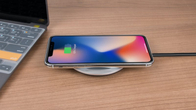
“The new iPhone XS and XS Max have just landed, so let’s see what they bring to the table”
It’s that time of the year again – the time when days start getting shorter, and the weather takes a turn for the better, heralding the onset of winter and the impending festive season. It’s also the time when I get to unbox and check out the latest smartphones from Apple. And this year, it’s the iPhone XS and the XS Max going through the grind. So without further ado, let’s get started.
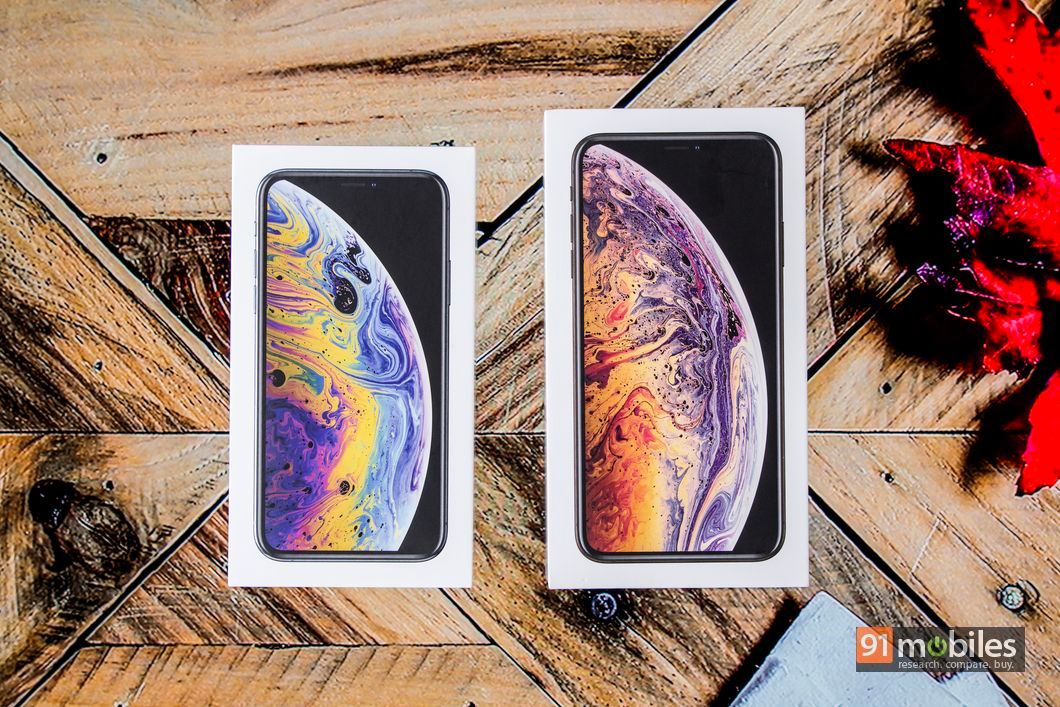
The new iPhones come packed in standard-looking white boxes, bearing images of the phones with colourful wallpapers on top. The contents of the XS and XS Max boxes are essentially the same though, at least in terms of the accessories bundled. Open one and you’ll see the beautiful piece of glass-encased electronics wizardry lying on top. Below that, you’ll find an envelope with the usual documentation and SIM tool, and right at the bottom are the compartments for the wall charger, the EarPods with the Lightning connector and the Lightning to USB cable. 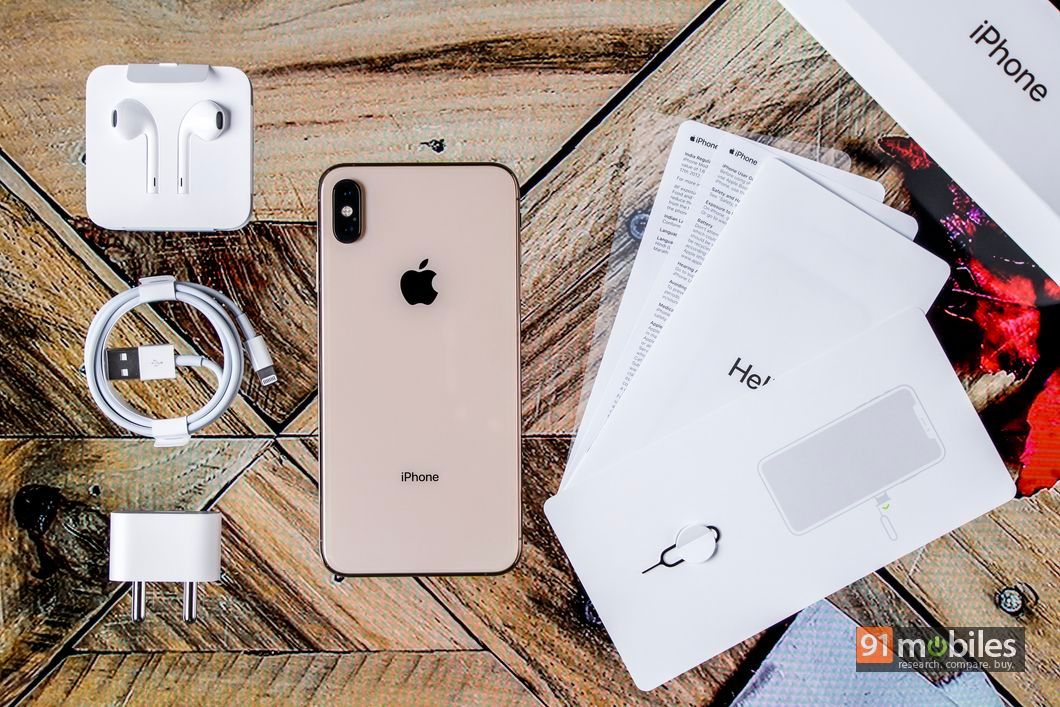
However, one small yet important accessory is missing this time – the Lightning to 3.5 dongle. Yup… it seems Apple wants you to go wireless or use the provided EarPods (or a pair of third-party headphones that comes with a Lightning connector). Of course, if you still have a Lightning to 3.5mm dongle from before, or can get hold of one, that should work for connecting a regular pair of headphones too.
Design-wise, the iPhone XS is pretty much the same as the iPhone X, complete with the notch that sort of started it all. The screen is the same – a 5.8-inch Super Retina OLED panel with a resolution of 2,436 x 1,125 pixels. The back and the sides are the same too, with the vertically-arranged dual shooters, glass covering, and the stainless steel frame. A point worth mentioning is that the new iPhones have improved waterproofing as compared to last year, as the iPhone XS and Max boast IP68 rating (versus IP67 on last year’s models). Turn your attention to the XS Max, and you’d find that the design language doesn’t really change… but the size is a different matter altogether. With its larger 6.5-inch Super Retina OLED screen (bearing a resolution of 2,688 x 1,242 pixels), the XS Max is essentially the plus-sized sibling of the iPhone XS. In the hand, it feels bigger and heavier, and roughly the same size as the iPhone 8 Plus from last year. And thanks to that large chassis, the battery inside the XS Max is the biggest ever in an iPhone, promising great battery life. This is important, since the iPhone X barely lasts a full day on a single charge.
And as far as the placement of ports and buttons are concerned, things remain unchanged. You’ll find the volume buttons and the mute key on the left, the multifunction key and SIM tray on the right, the Lightning port and speaker on the bottom. You should also know that since the earpiece on top also doubles up as a speaker, these iPhones offer stereo sound.
Related read: Apple iPhone XS vs iPhone X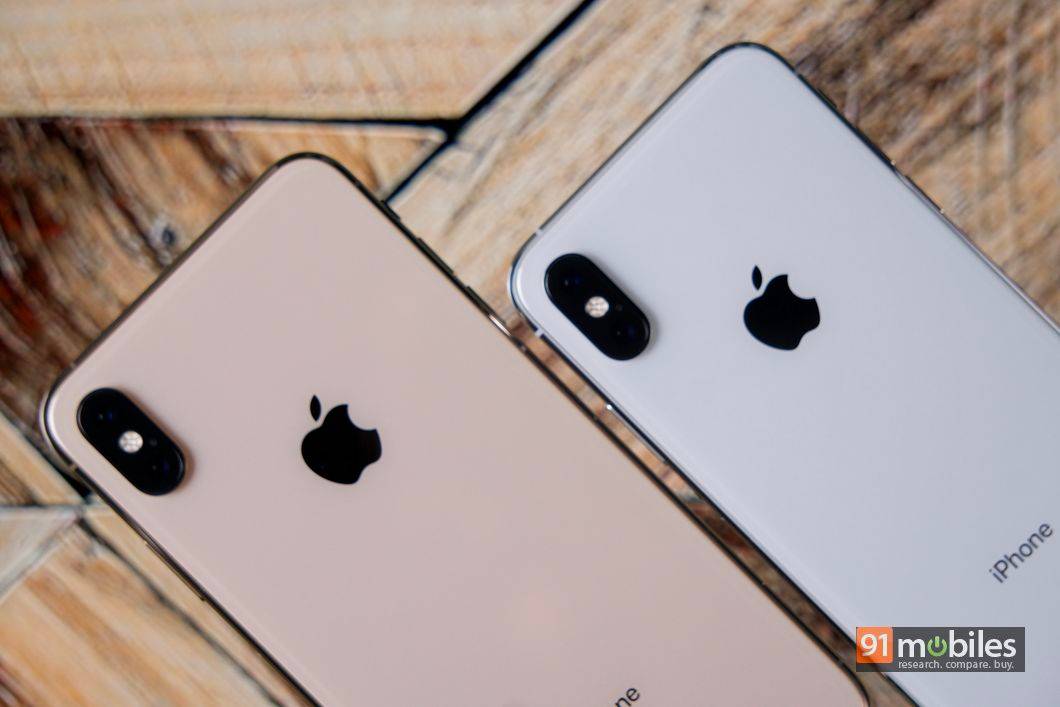
That’s not to say the Max gets unwieldy. Sure, it’s not as conducive for one-handed usage as the more compact iPhone XS, and needs some hand gymnastics to work the gestures. The larger 6.5-inch canvas is almost all screen, thanks to that notch, and seems great for media watching on the go. The more screen real estate should basically come in handy for anything you do on the phone – playing games, watching videos, editing documents, browsing the web etc. In fact, DisplayMate has just rated the iPhone XS Max display as the best yet on a smartphone, and I think they’re on point when they say that. Also worth noting is the fact that the screens on both the iPhone XS and XS Max support Dolby Vision and HDR 10, and that means that supported media content should really pop on the screen. The True Tone feature that automatically adjust colour tone based on ambient lighting conditions is there too, of course.
The XS and XS Max don’t have any home buttons as expected, and that means there’s no Touch ID (Apple’s fingerprint scanner) either. These babies use Face ID, the brand’s biometric access tech that uses the TrueDepth module inside the notch on front (containing the infrared camera, flood illuminator, front snapper and the dot projector) to recognise your face and give you access to your iPhone.
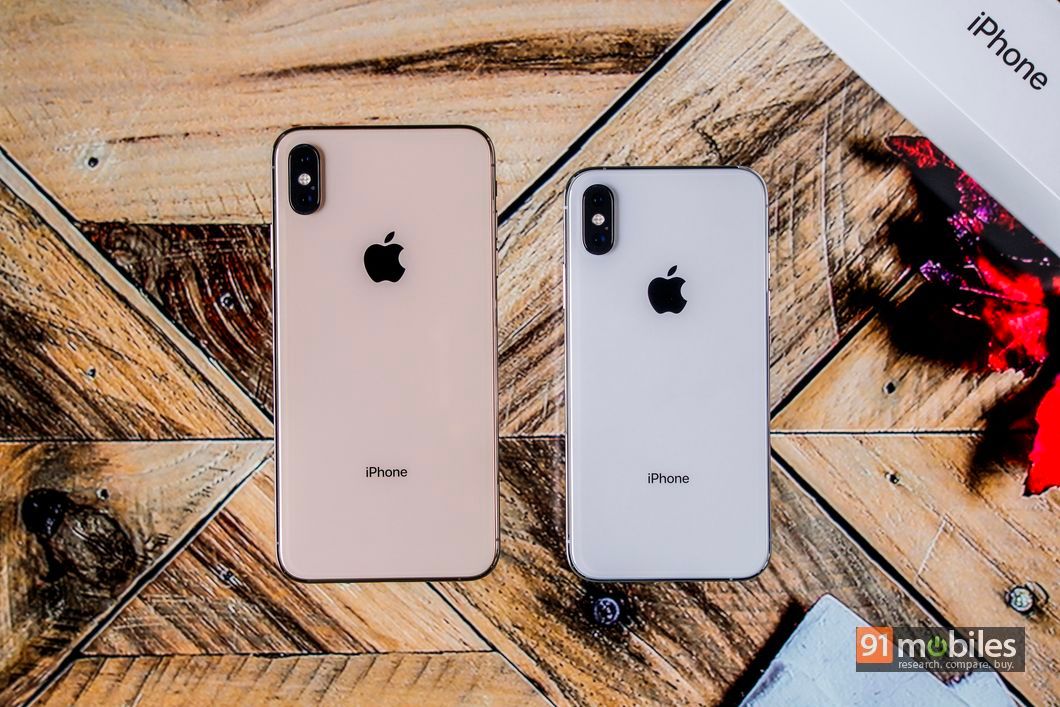
However, it’s the innards of these phones that have received the biggest upgrades. For one, there’s the new 7nm A12 Bionic chip that powers these devices. The chip promises big improvements in performance, as compared to the A11 Bionic chip found in last year’s iPhones. AR and photography are two aspects that should especially benefit from the new chip. Apple is promising 15 percent better performance and up to 50 percent lower power usage with the new chip, as compared to the A11 Bionic. The graphics performance is also said to be up to 50 percent faster. Then there’s the new Neural Engine that promises significant advancements for machine learning, making AR experiences more immersive.
Related read: Top 5 features of the Apple iPhone XS and XS Max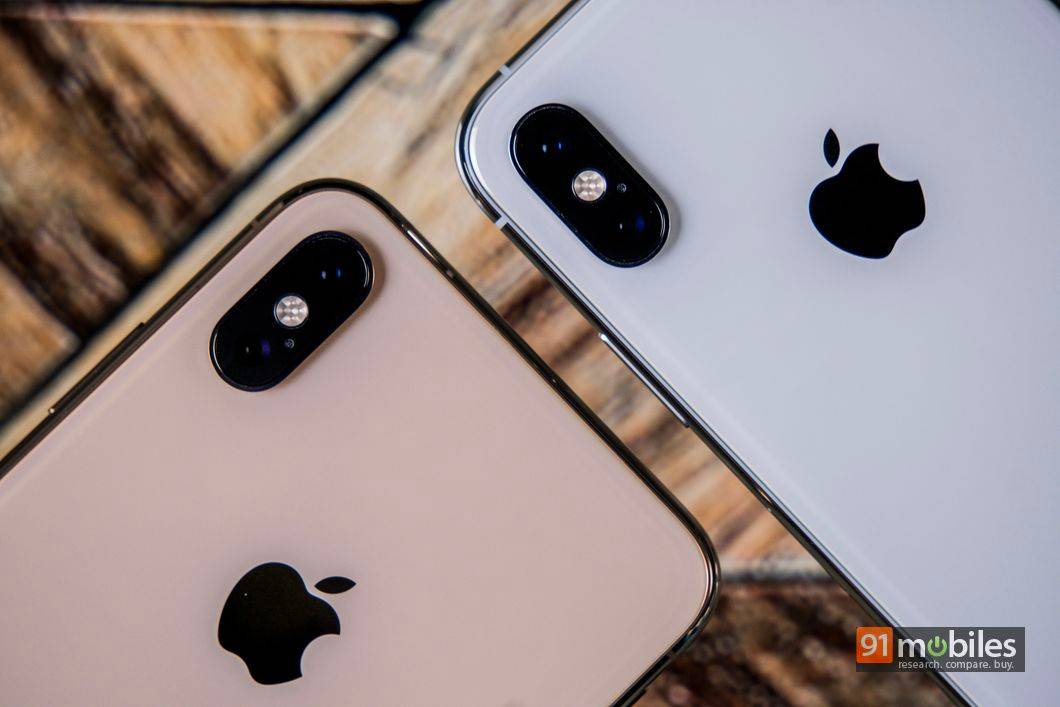
Next up, the camera improvements. While the dual cameras at the back of the XS and XS Max are the same in terms of megapixel count (both being optically stabilised 12MP sensors), Apple says that the pixel size has been increased… and that should improve low-light photography significantly as the sensors can capture more light. And thanks to that A12 Bionic chip, the shooters can offer two very cool new features – Smart HDR and Depth Control. Smart HDR captures multiple photos of the same scene and combines the results to give you a better shot. And Depth Control allows you to customise the level of blur for portrait shots after clicking. A software update later in the year will let you adjust depth while shooting, in real time. The front camera remains the same at 7MP.
iOS 12, Apple’s newest mobile platform, is on board, and brings several new features such as grouped notifications and Screen Time. After my initial time with the XS and XS Max, I can vouch for the fact the two new iPhones definitely feel snappier as compared to the iPhone X, and the imaging capabilities look improved as well… especially the photos captured in low light. Of course, it still remains to be seen whether the latest flagships from Cupertino can beat the likes of the Google Pixel 2 and the Samsung Galaxy S9+ (review) in terms of imaging capabilities.
Related read: Top 5 features of iOS 12
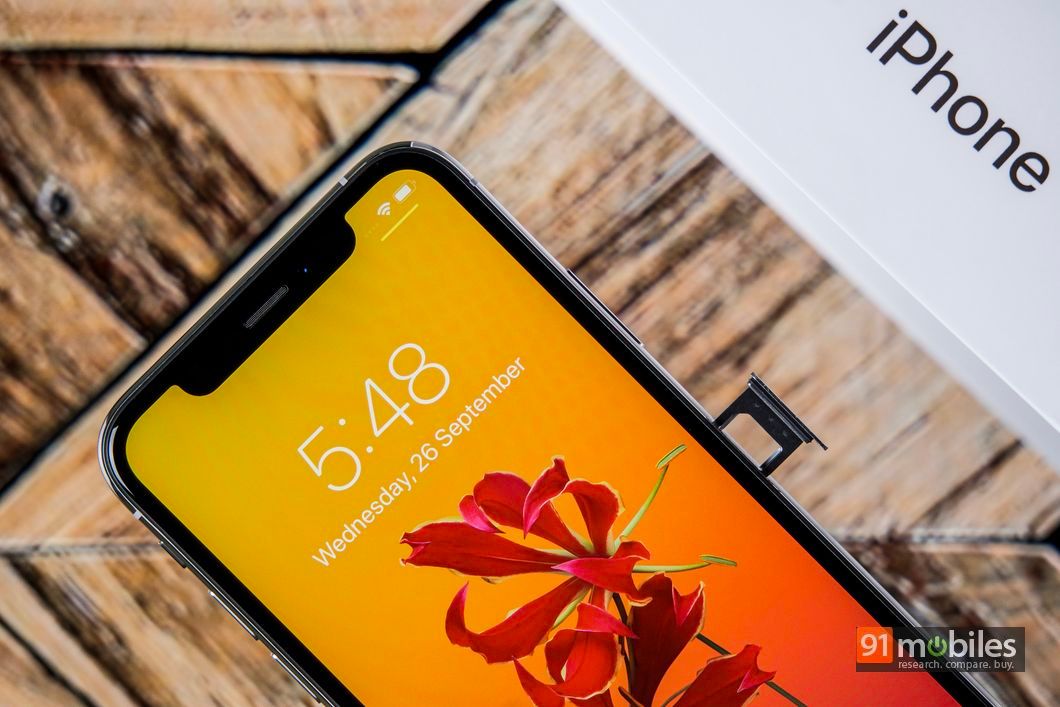
One of the biggest highlights of the iPhone XS and its Max sibling, especially as far as I’m concerned, has to be the dual-SIM capabilities. While you only get the option to pop in one physical nano-SIM, there’s an e-SIM inside that can be mapped to a service provider of your choice. Airtel and Jio currently provide e-SIM services in India (on the Apple Watch Series 3 GPS + Cellular), but others like Vodafone are expected to join the bandwagon. Unfortunately, the e-SIMs inside the iPhone XS and XS Max aren’t enabled yet, and a software update expected later this year is supposed to wake them from slumber… and that should be the last step in bringing about a mini revolution in the form of dual-SIM capabilities being finally available to iPhone users. As per Apple, one can map more than one mobile number to the e-SIM present inside the XS / XS Max, but only one of those can be active at any given point in time. I’m going to have to update you on the exact e-SIM features and how dual-SIM works on the new iPhones after that promised update lands.
Related read: Here’s how dual-SIM functionality works on the new Apple iPhones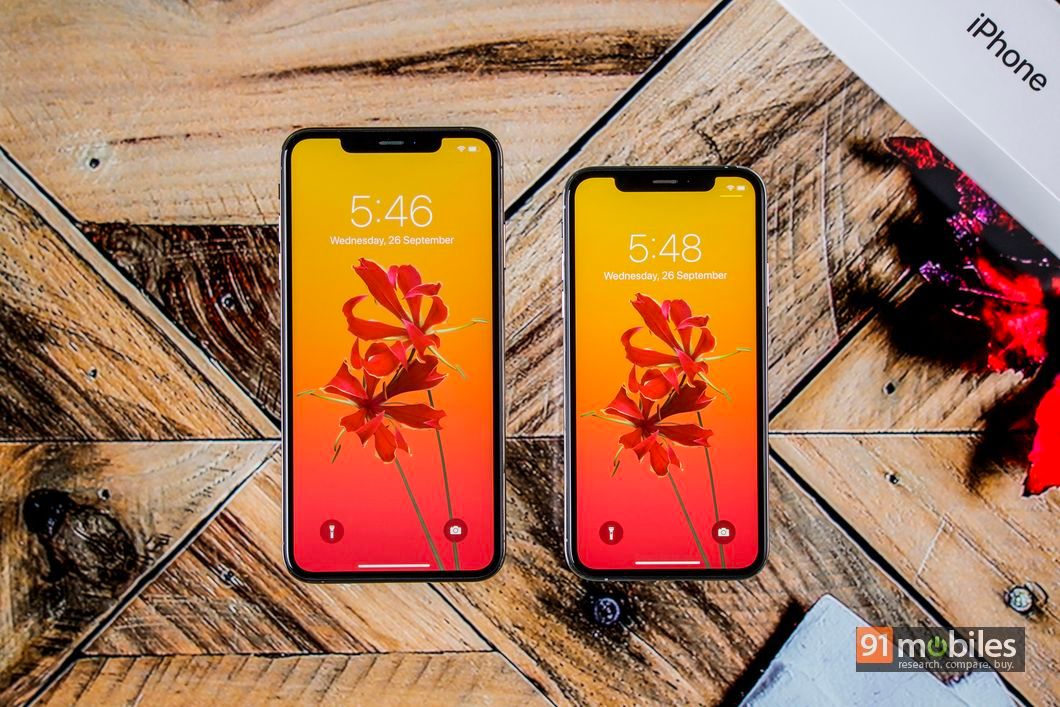
The iPhone XS and XS Max are available in 64GB, 256GB and 512GB storage configurations, with prices starting from an eye-watering Rs 99,900 for the base model of the iPhone XS, going all the way up to a heart-stopping Rs 1,44,900 for the top-end XS Max. While I’m not sure of the going rate for kidneys these days, seems selling just one won’t do it this time. In all seriousness though, the cost of ownership of a new iPhone isn’t so high, since these devices usually last a long time if treated well, and have good resale value too. I’m hoping that the latest iPhones can really prove their worth by coming out as clear winners in terms of the shooting prowess and as daily drivers. Keep an eye out for my review.
Related read: Would you buy an iPhone without the Apple logo?
Photos by Raj Rout


















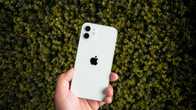
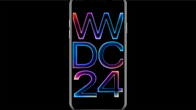

![[Exclusive] iPhone 16 Pro CAD renders show off new button, bigger size, and more Thumbnail](https://www.91-cdn.com/hub/wp-content/uploads/2024/03/iphone-16-pro-cad-renders-feat.jpg?tr=h-110,q-100,pr-true)


